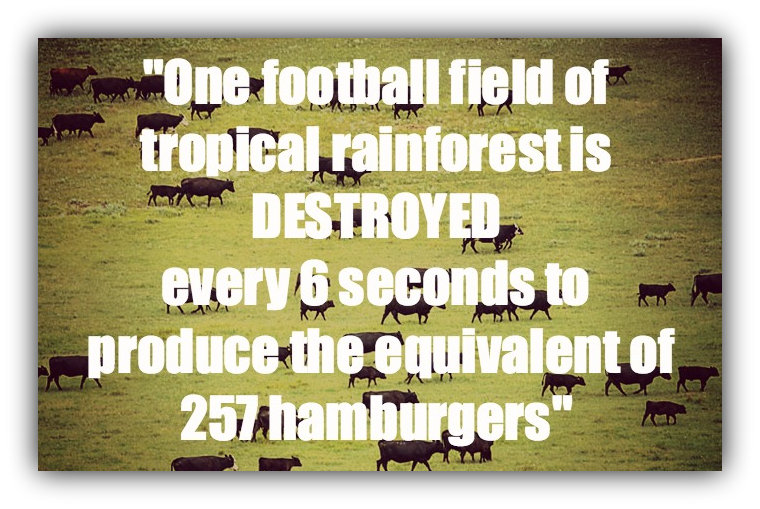By Patti Nyman, One Green Planet
Grazing has its place in just about every agricultural system that involves livestock. This includes cows bred to produce “organic” dairy products, or those set to become “grass-fed beef,” who will graze for two to three years before slaughter, or cows bred for their flesh or milk in the factory farming system who will graze for up to one year before being transported to feedlots.
However the particular breeding, feeding and killing operation is conducted, humans are introducing large numbers of grazing cattle into areas where cows were not previously found. This has an enormous impact on native ecosystems – so much so that grazing cattle now have the character of an invasive species.
After habitat loss, which is caused by clearing and consuming natural resources for human use, invasive species are listed as the second largest threat to biodiversity in North America. In the continental United States, 41 percent of all land is currently grazed by livestock.
Operations that seek to protect the interests of the cattle industry are responsible for the mass extermination of wolves, the roundup of wild horses, deforestation, and shocking loss of biodiversity, while the act of grazing itself contributes to desertification and erosion of soil and land. Let’s take a look for a moment at the many ways the introduction and proliferation of grazing cattle has earned them the title of “invasive species.” READ FULL ARTICLE. IT's VERY GOOD!
“[T]he human appetite for animal flesh is a driving force behind virtually
every major category of environmental damage now threatening the
human future — deforestation, erosion, fresh water scarcity, air and
water pollution, climate change, biodiversity loss, social injustice, the
destabilization of communities, and the spread of disease.”
- The World Watch Institute



 RSS Feed
RSS Feed

